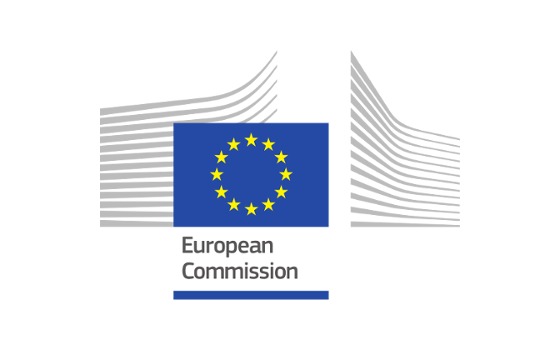 Smart wearables provide technology-based solutions to pressing societal and economic challenges in the areas of healthy ageing, elderly care, emergency management, safety at work, productivity enhancement, training of professionals, energy management of homes and others.
Smart wearables provide technology-based solutions to pressing societal and economic challenges in the areas of healthy ageing, elderly care, emergency management, safety at work, productivity enhancement, training of professionals, energy management of homes and others.
The first important impact of smart wearables translates as ‘empowerment of individuals’, allowing monitoring, documenting and augmenting our lives. The second -but not less important- impact will be on the organisation of the society. When connected to an "Internet of Things" (IoT) ecosystem, wearables help achieve significant efficiencies, for example, for the organisation of workplace, the provision of healthcare services, traffic management, law enforcement or the organisation of events.
Following the Information and Stakeholders' Day on Wearables organized by DG CONNECT on 11th December 2015, the European Commission drafted a reflection paper which:
- takes stock of the latest techno-market and policy developments,
- documents the research and development activities supported by the EU,
- integrates the positions of stakeholders with a focus on barriers that prevent the transition of wearables from lab to the market and
- proposes ways forward to help bring smart wearables into our daily lives faster, unlocking their socio-economic potential.
To complete the stock-taking and horizon-scanning exercise the Commission seeks input from all interested stakeholders on the reflection paper. This will assist us to further elaborate future EU support measures in the areas of research & development, innovation and market uptake of smart wearables.
Written input and comments are welcome to This email address is being protected from spambots. You need JavaScript enabled to view it. and This email address is being protected from spambots. You need JavaScript enabled to view it. ("Competitive Electronics Industry" unit at DG CONNECT) by 15 January 2017 at the latest.